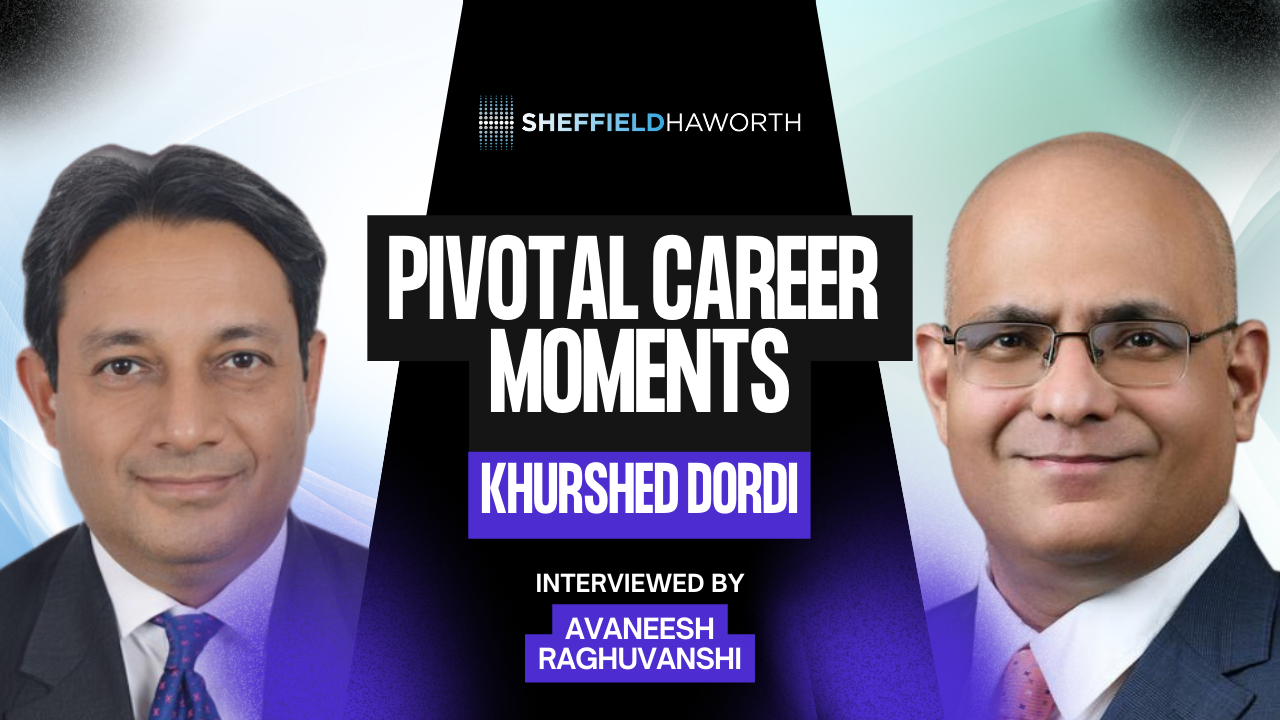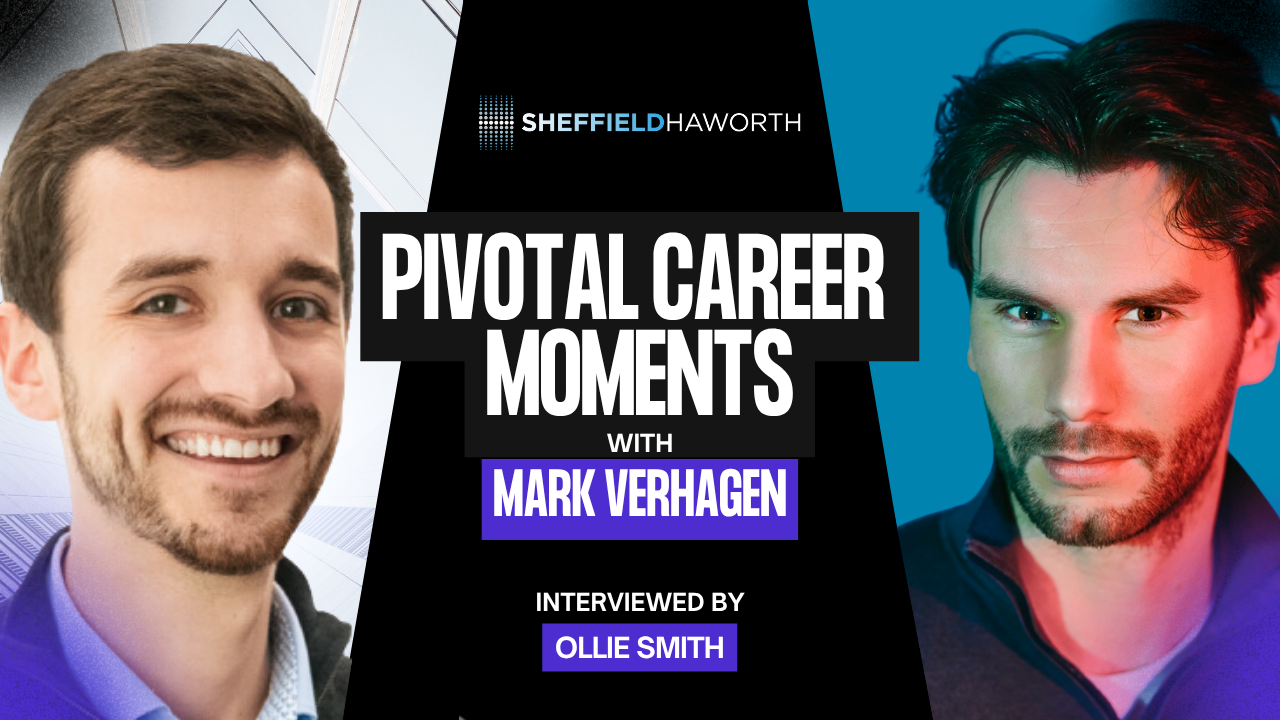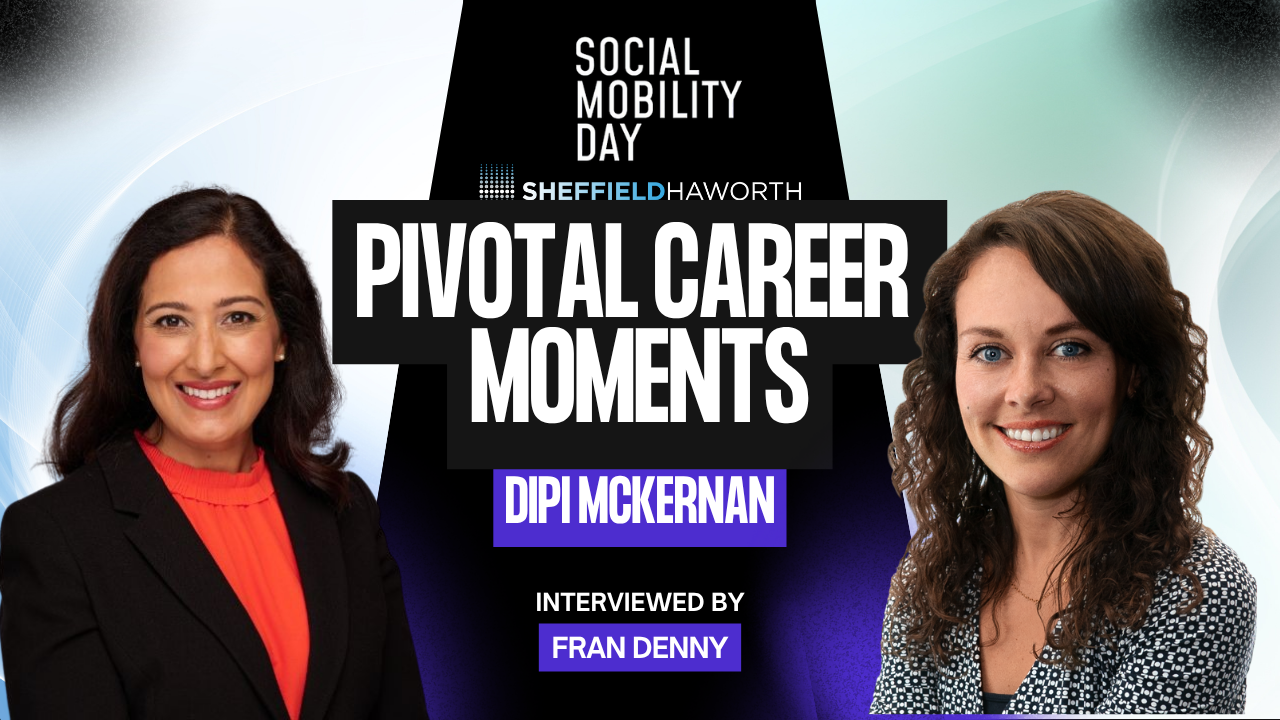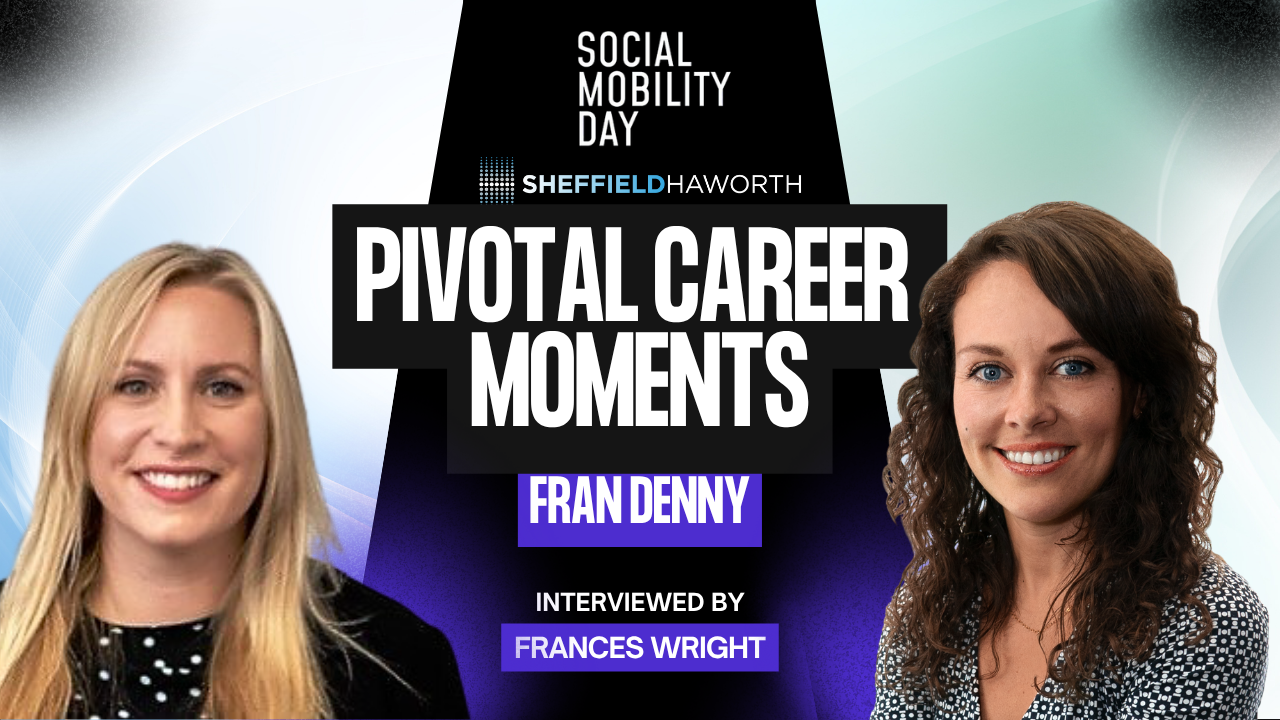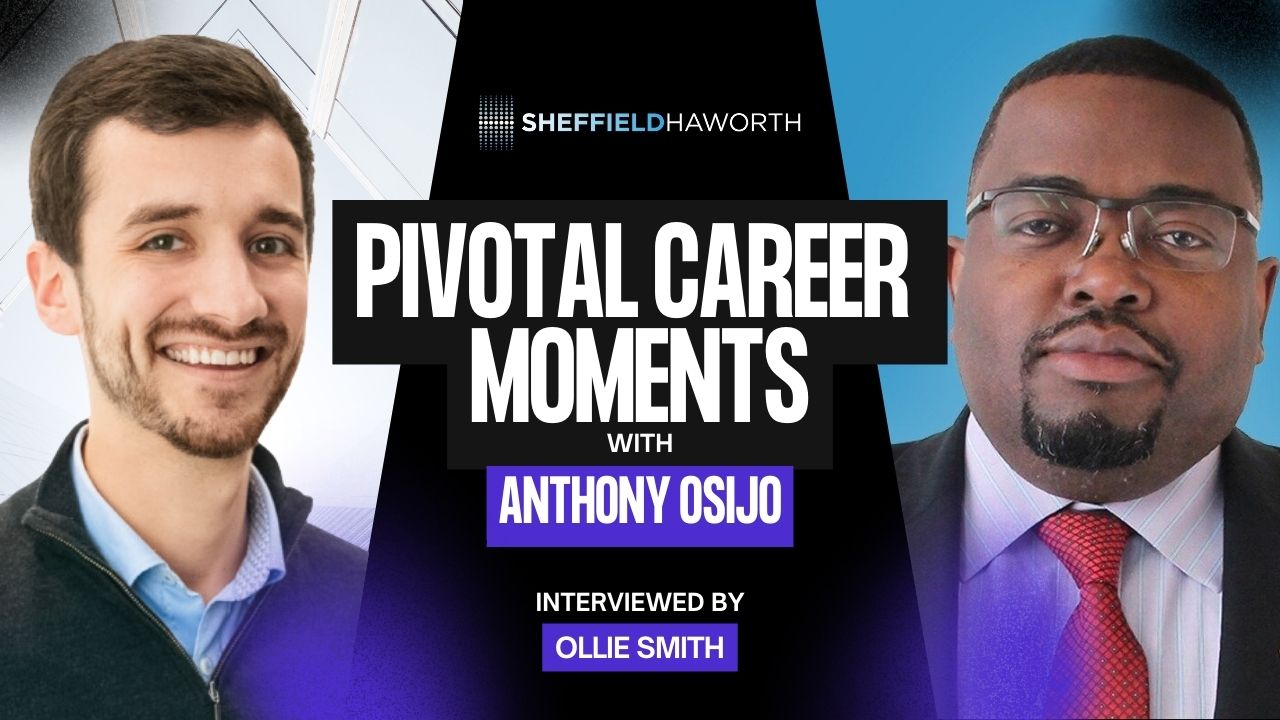Many in the private equity sector are keen to further their ESG engagement, although several significant obstacles are slowing adoption.
Part 3 of a 3-part special series on ESG in private equity.
By Tom Eagar, Head of ESG Search at Sheffield Haworth
So far in our 3-part series on the evolution of ESG in private equity, we’ve looked at:
- Why ESG has become a strategic priority
- The 3 levels of ESG engagement that ESG leaders within private equity are pursuing
Now let’s look at what the future holds for ESG leaders in private Equity:
- Alison Collins, Head of ESG at Pollen Street Capital
- John Howchin, Former Secretary-General of The Council on Ethics of the Swedish National Pension Funds
- Jim Totty, Managing Director of Viridis Capital and an investor in sustainability focused companies and infrastructure for 20 years
Balance between compliance and strategy
As every day passes there are more non-financial data points to evaluate a company with, and with those come higher expectations when it comes to investors and regulators.
This poses a challenge for the ESG leader. Though maintaining these stakeholders is critical, there is a risk that the leader loses the strategic element of their role. As John points out; “You need to manage both of them, but you need to find that balance because you run the risk of a firm passing you while you’re just doing the compliance side.” He notes that internally “resources are quite scarce” and then the leader must “use them wisely to get good returns to [their] investors”
It is also not good enough to separate out these responsibilities either, as Jim notes. “The silos [between front and back office] used to be quite rigid, but I think are disappearing. No longer do you have people who are just capital markets professionals, or just sustainability professionals or even just technology professionals. There are lots of people who are experts in all three but actually to investors of GP going forward, you have to be able to do all three yourself. So, having somebody who just sits in the back office doing ESG reporting all day, who might sit in the same office as the person who does the financial reporting all day long but is in a different office to the investment team, that’s not the way we are looking at this going forward. You’ve got to be absolutely chain linked and working as a team, with the same skills sets throughout the team. Again, I think those traditional silos will disappear.”
Portfolio guidance
Firms with different levels of maturity and scale, as well as business types will all need different approaches to the issues of ESG, sustainability and the energy transition. For the ESG leader of a portfolio of companies, it is important to “drive awareness and education and engagement on what the team needs to look at when they’re investing and what the portfolio needs to do to advance their ESG agenda and impact,” according to Alison.
“We can help through the data we collect, and our understanding of the different business strategies and practices. We can help guide our portfolio companies into what path they need to take, whether it is that they need to recruit a head of ESG or get an X, Y or Z consultant in to help them with certain aspects of their ESG agenda. Sometimes it is actually simpler than that; it’s getting them to see the art of the possible and understanding that they’ve got us as a resource to help them. We can guide them with best practice ideas. Also, helping them to understand they’re part of a bigger family, a portfolio. It is sometimes a bit of a guiding light.”
New horizons across the business development spectrum
To adjust and maximise the opportunities presented by the inevitable sustainable transition or revolution, GPs will have to look at the types of firms they invest in in a different way, according to Jim. “We historically had very rigid buckets in the private capital markets. You’re a VC fund, you’re a PE fund, you’re an infrastructure fund. We all know what those buckets do, the risk returns, the labels that LPs put on them and people have stuck to those buckets. Woe betide you as a GP if you go out and pitch with some mixed fund or strategy.
“But unfortunately, what’s happening in the sustainable transition or even the sustainability revolution, as Al Gore calls it, is things are now moving much faster than they have historically. Some of the new technologies, the new services, the new products we need to deliver the energy transition, and the wider sustainability transition, they have to move from VC to growth to PE, pretty quickly now. A lot of the traditional ten-year funds where strategies are frozen and are not changed, they don’t quite move fast enough to capture that.
“So, I think we’re now seeing, for instance, larger PE buyout houses, are putting earlier stage impact funds together to get early sight of what is coming down the road towards them. .”
Does the ESG leader have the vision and the trust of the partners to be a critical part of this transition?
Talent needs for the future
The answer, Jim thinks, is to bring in knowledgeable talent. “If you’re an asset allocator on whatever side, you need to have ESG and impact professionals who know how to navigate these technologies, who have done it before in other sectors, and can face those challenges going forward.”

